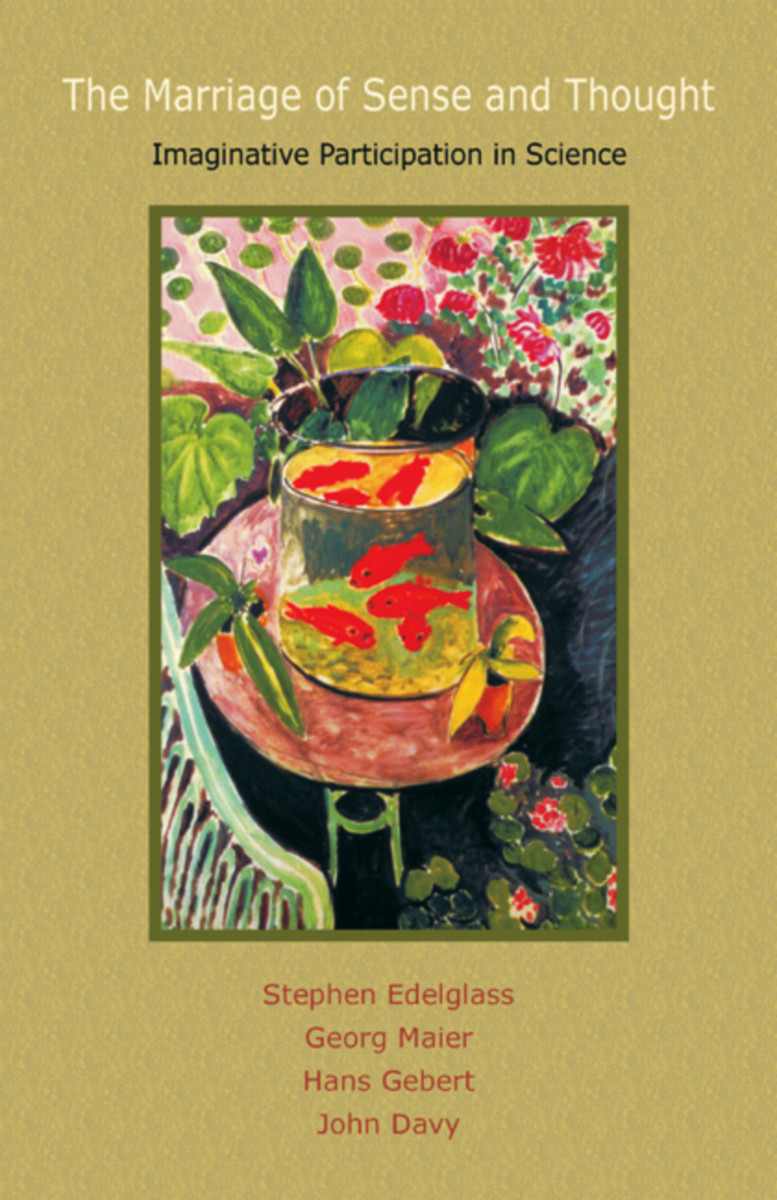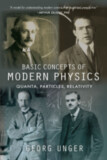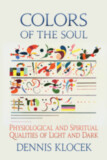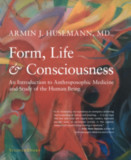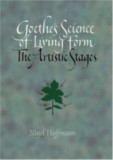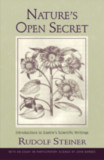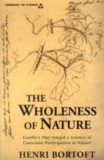The Marriage of Sense and Thought
Imaginative Participation in Science
Illustrated by Stephen Edelglass
Preface by Stephen Edelglass
- Publisher
Lindisfarne Books - Published
20th September 2011 - ISBN 9781584201069
- Language English
- Pages 160 pp.
- Size 5.5" x 8.5"
“It is generally accepted that science entails an effort to be ‘objective.’ But it is not generally realized that such science is based upon assumed notions concerning the nature of the universe, notions settled upon before any description or discussion even begins. The most primary and obvious of such notions is that the universe consists essentially of ‘objects.’” (from the book)
Having imagined a machine-like world, scientists now haunt this machine uneasily. Their plight is paradoxical: they have realized their world only through intense mental effort, yet this effort finds no legitimate place in the world it so painstakingly comprehends. It seems “objectivity” comes only at a cost. Why, for example, is science unable to describe a smile? Why is the moral life of a physicist regarded as one’s own private affair?
This exclusion of human qualities from science has both practical and theoretical consequences. If we systematically imagine a world in which human beings do not exist, we will eventually create a world in which they cannot exist.
Reclaiming the human sources of scientific insight, the authors of this book restore scientists to the world given by science and celebrate the joyous marriage of sense and thought.
“Scientists see the world as a machine, which they haunt like ghosts. Since the idea of a detached observer seems to call for attentiveness, but otherwise for no mental work, the scientist is actually a rather passive ghost. Yet one of the experiences common to all scientists is that of intense mental work—indeed, work that takes place within the mind, the very realm with no existence in the objective universe.” (from the book)
“Likely to change many readers' comprehension of science.”
Arthur Zajonc, author of Meditation as Contemplative Inquiry
“In this brilliant book, the authors build a fascinating bridge between science and the world of the senses, a bridge that holds great promise for overcoming the fragmentation and alienation that is so characteristic of our time.”
Fritjof Capra, author of The Tao of Physics and The Web of Life
C O N T E N T S:
1. Two Smiles
The Scientific View
Inner Experience and the Outer Environment
2. The Deeper Roots of Materialism
Space, Matter, Time, Force, Energy
The Craftsman and the Scholar
The Relation of Materialism to Sense Experience
The Sense of Touch
The Somatic Sense
The Kinesthetic Sense
The Sense of Balance
The Body Reaches Out: Eyes
Galileo: Scholar and Craftsman
3. Changing Relations to Physical Reality
The Origins of Terrestrial and Celestial Mechanics
The Lonely Self
The Rise of Technology and the Concept of Energy
Electricity Challenges Mechanical Thinking
The Enigma of Quantum Reality
Relativity Theory also Challenges Ordinary Thinking
Models and the Creation of Scientific Knowledge
4. Conscious Participation
A Thunderstorm and Acoustics
Scientific Thinking Leads to General Concepts
The Thunderstorm Again
The Two Roots of Vision
Looking at a Lake
Looking into Water—Reflections as Space Creators
Looking into Water—Visible and Tangible Objects no Longer Coincide
Looking into Water—Color Aspects
In Search of Real Color
Geometrical Representations of Nonspatial Qualities
Independent Physical Principles Cooperate
A Visit to the Realm of Imaging
A Visit to the Realm of Chemical Action at a Distance
5. Science Coming of Age
Mathematical Physics: Exercise for the Development of Sense-free Thinking
From Nature to Knowledge
The Objectivist Worldview
The Nature of the Physical World
Biology as a Science of Life
Holism
Morality and Choice in Science
Bibliography
Index
Stephen Edelglass
Dr. Stephen Edelglass graduated from MIT (BS and MS in mechanical engineering) and the Stevens Institute of Technology (MS in physics; PhD in metallurgy). He was professor of mechanical engineering at The Cooper Union for the Advancement of Science and Art before assuming a position as Director of Science at the Threefold Educational Foundation in Chestnut Ridge, New York, where he was also on the faculty of Sunbridge College and taught in that school's graduate program. In addition, he taught science to high school students at the Green Meadow Waldorf School in Chestnut Ridge for many years. In 1999, Michael D'Aleo and Dr. Edelglass founded SENSRI, an organization in Saratoga Springs, New York, devoted to phenomena-centered research. He authored several books in materials science and philosophy of science, and contributed a number of research papers in materials science, epistemology, and pedagogy. He was coauthor of Being on Earth (2006) and The Marriage of Sense and Thought (1997). Some of his later writings and lectures were published as The Physics of Human Experience (2006). He was the recipient of a National Science Foundation Faculty Fellowship. Dr. Edelglass died in November 2000.
Georg Maier
Georg Maier (1933–2016) directed research into modes of observation and conceptualization of nature at the Forschungslinstitut am Goetheanum in Dornach, Switzerland. Previously, he had been engaged in neutron diffraction research at the Kernforschungsanlage Jülich (KFA) in Germany. Maier coauthored Being on Earth (1996) and The Marriage of Sense and Thought (1997).
Hans Gebert
Hans Gebert was co-director of the Waldorf Institute of Mercy College in Detroit, Michigan. Before that, he was director of the physics laboratory of the Birmingham Technical University in England.
John Davy
John Davy, O.B.E., M.A. (1927-1984), was co-director of Emerson College, Forest Row, England, and had particular responsibility for the foundation year program, a requirement for the Waldorf teacher training. He was also an international lecturer and chairman of the Anthroposophical Society of Great Britain. After studying zoology at Cambridge, he became science editor of the Observer in London. He was awarded the O.B.E. (Order of the British Empire) in 1965 by Queen Elizabeth II for his achievements in writing on science.


